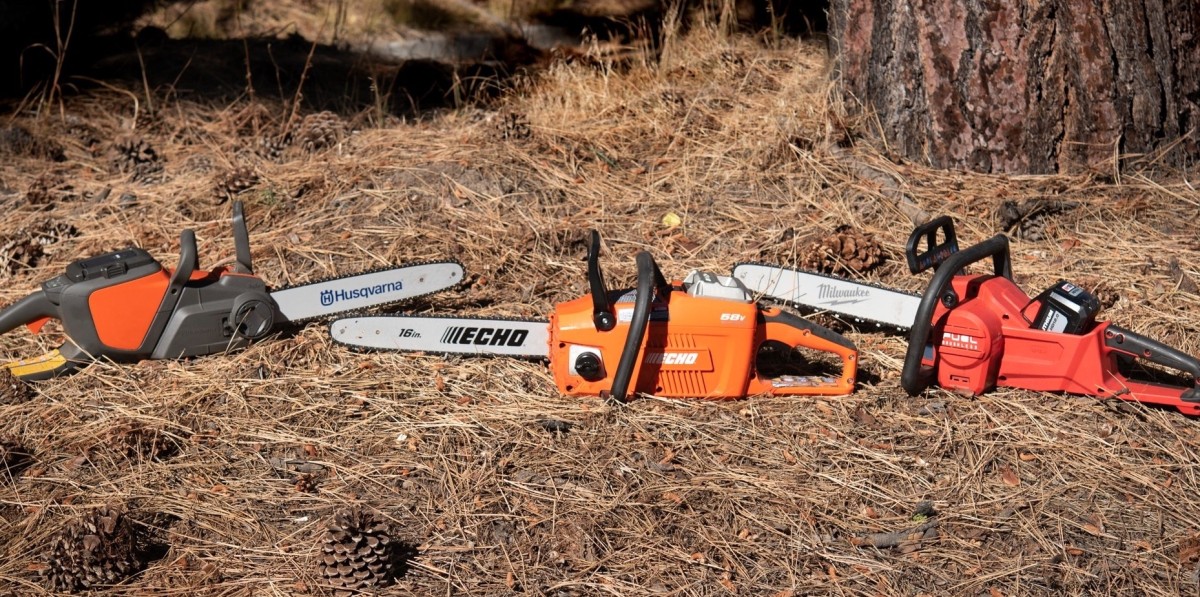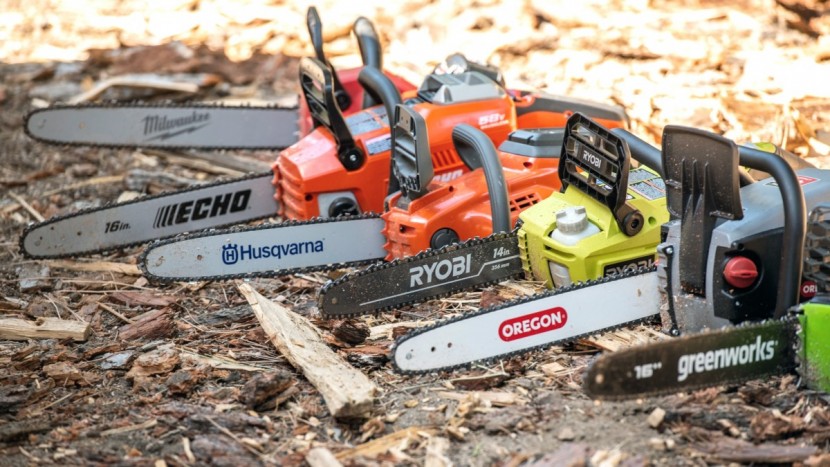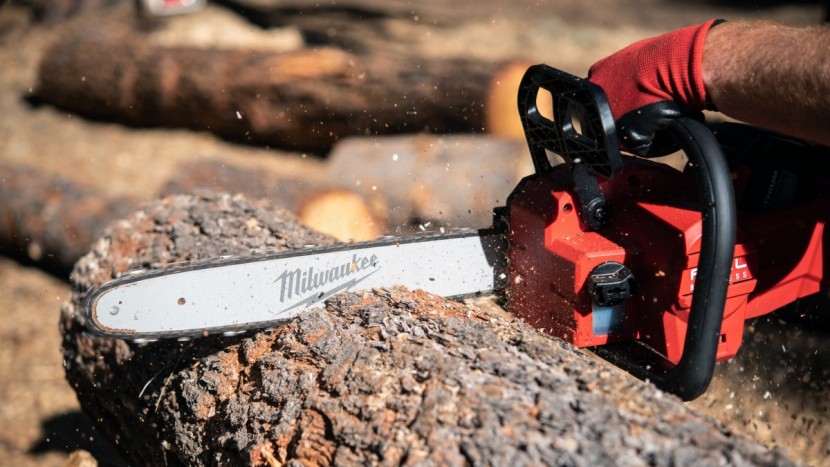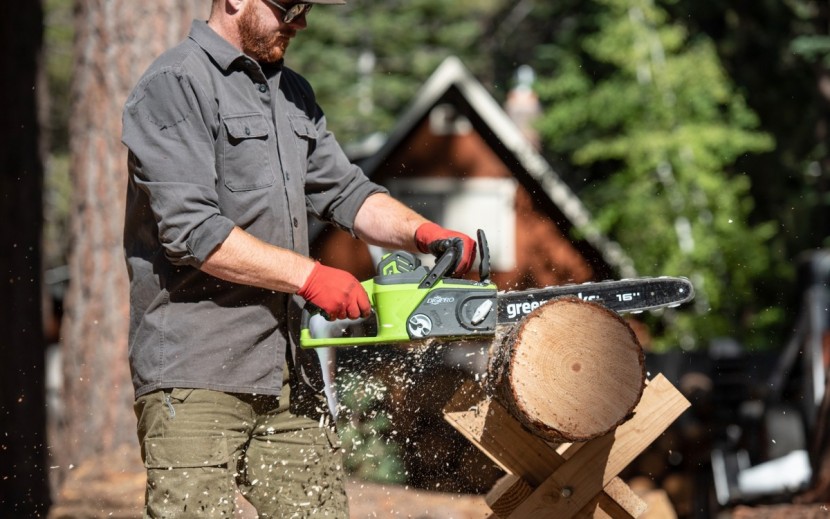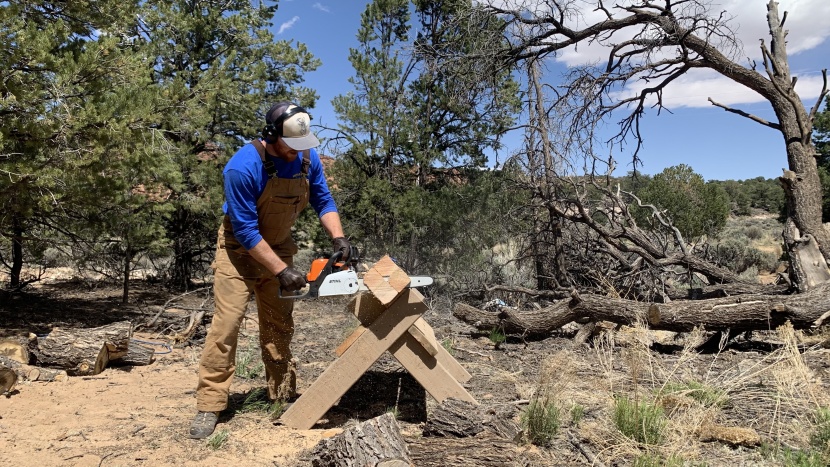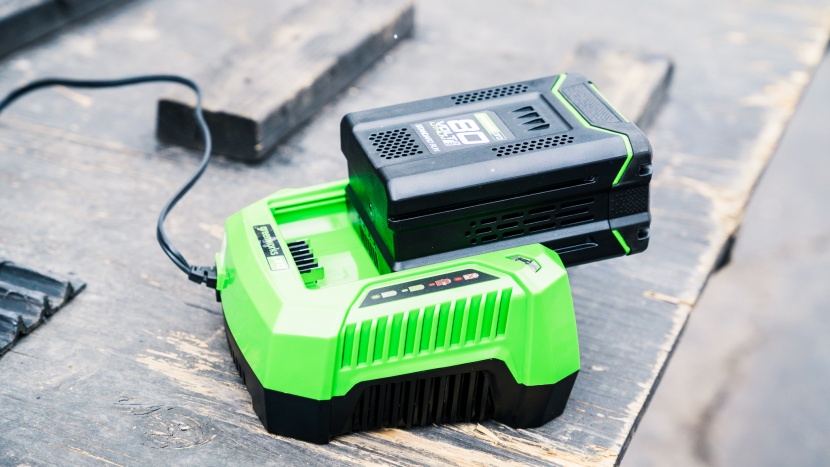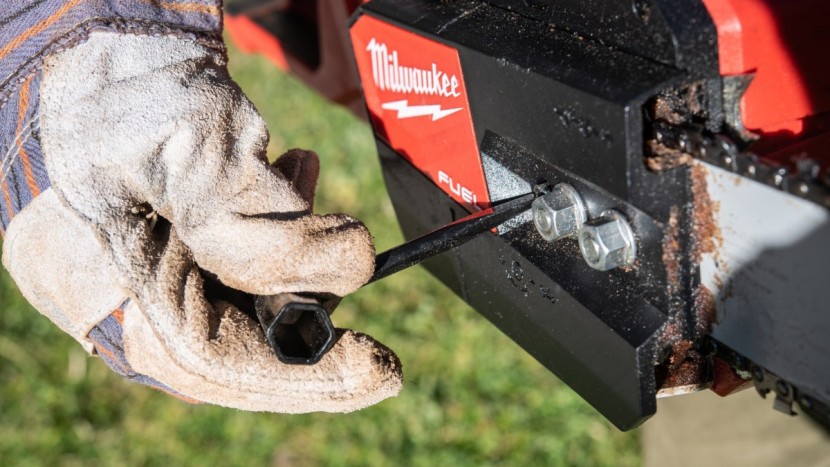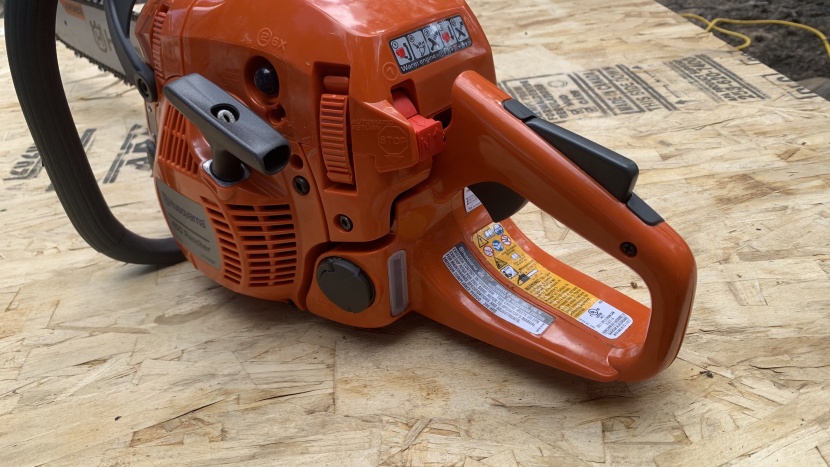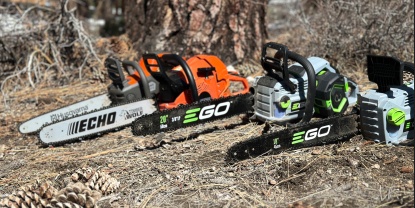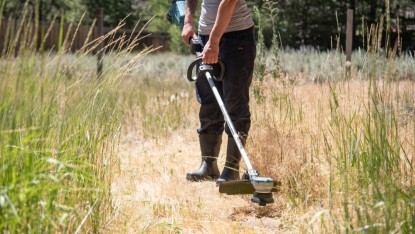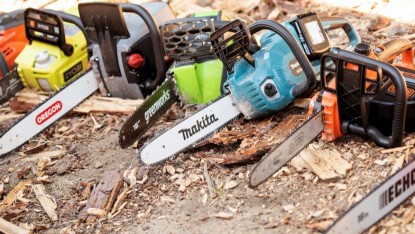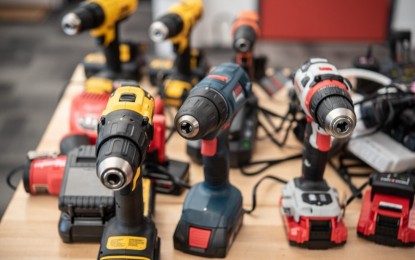Deciding which of the top tools to purchase can be confusing and stressful. You don't want to spend more money than you need to, but at the same time, there are plenty of brands and products out there that aren't going to get the job done. If you purchase without proper research, you could end up with too much or insufficient chainsaw, and you could be wasting hundreds of dollars. You might not need a chainsaw at all. Continue reading below for our buying guide, or head over to our extensive battery chainsaw and chainsaw reviews to see a side-by-side breakdown of which models are the best.
Deciding If You Need a Chainsaw
The first thing to consider is whether or not a chainsaw is the right tool for you. If you're only doing light pruning on an ornamental tree, think twice about buying one. It's crucial to consider how much time, money, and effort you will spend learning how to use and maintain a very hazardous tool. A simple handsaw or folding saw can take care of all of your needs. We recommend hiring a licensed, insured professional tree service or arborist for larger jobs, especially involving actual tree removal or any tree near a structure. Our round-up of the top-rated power saws of all types may be a good place to start in choosing the kind best suited for your job.
Types of Chainsaws
Chainsaws come in a wide array of sizes. On one side of the spectrum, there are behemoth gas-powered models with bar lengths of 5 feet that weigh over 35 pounds—these are for heavy-duty logging. Conversely, some tiny battery-powered models can't do much more than trim a few small branches, but that may be all you need. All chainsaws fall into two main categories: gas-powered and electric.
Gas-Powered
Chainsaws have been around for a long time, arguably hundreds of years. In the early days, they were gaudy, heavy tools that took more than one person to operate. Since the invention of the internal combustion engine, humans have fitted one to just about any tool possible, so it's no surprise that gas-powered chainsaws eventually became the standard hand tool in the lumber industry. Gasoline has its benefits as opposed to electricity. If you're using the saw somewhere without a power source, you can't recharge batteries or use a corded electric model. Bringing a gas can along is easy in most cases. For all-day, constant use, a gas-powered saw will likely be a better solution unless you plan on hauling multiple batteries or a generator to the location of your project or job site. Also, electric saws have yet to develop a model with enough power to spin a longer chain on a bigger bar. You'll still need a gas-powered saw for bigger trees and cuts. Currently, there are few battery chainsaws that are bigger than 20 inches.
Electric
There are many advantages to using an electric-powered chainsaw rather than a gasoline model. One of the prime benefits is the noise reduction. They are quieter than gas-powered saws when operating, but the best part is that they are silent unless you are throttling the saw. Other benefits include the lack of a pull cord, a choke lever, or the need to mix two-stroke oil and gas to an exact ratio. Our favorite advantage of using an electric chainsaw as opposed to gas is zero toxic fumes. Anyone who has huffed two-stroke exhaust all day knows the smell and taste of chainsaw smoke all too well. Finally, you generally just push a button, and the work. Gas saws may fire right up, or you might spend hours diagnosing why the darn thing won't start.
Corded vs. Battery
Within the category of electric chainsaws exist two subcategories — corded and battery. Corded models are the least popular of the variations of chainsaws, but they are not the least powerful. Plugged into the grid has its advantages — having 120 volts for a house current means a lot of cutting power. The main drawback is, of course, the cord itself. Unless your trees or wood stack are very close to a plug or you have a generator you don't mind lugging around, corded chainsaws are generally impractical. An excellent quality of chainsaws is that they are easy to move around. Loggers and firefighters take them deep into the wilderness, outdoorsy folks like to take them camping, and commercial tree services send climbers to the tops of enormous trees with them. All of these tasks are either difficult or impossible with a cord. Our final criticism of corded versions is that the cord adds a bit of a hazard in the form of something to trip on or nick with the chain.
Battery chainsaws combine the best of both worlds from the electric and gas-powered models. Like corded models, they don't produce smoke, are relatively quiet, and are similar to gas-powered saws in that they are very portable. If you're sick of gasping for fresh air while you work, struggling to get your engine started, and annoyed with the constant idling of your chainsaw, but you still want the performance and flexibility of not having to think about electrical wires, a battery model is the right choice for you.
Choose The Right Battery System
Keep in mind that about half the cost of a battery chainsaw is the battery itself. This can make battery saws very affordable if you already have the battery system. On the flip side, if you don't have any batteries or want backup batteries (most people do), then the costs of batteries can escalate quickly.
Consider which other great tools the manufacturer makes. Ideally, if you commit to a battery saw, there will be other great tools that the manufacturer makes, like lawn mowers, leaf blowers, weed eaters, hedge trimmers, and more. Also consider if the battery system offers rapid chargers. Without a rapid charger, some batteries take hours to charge and can really slow down bigger projects.
I Want a Chainsaw! Now what?
Before purchasing a chainsaw, define the purpose or application. If you are a professional landscaper or tree worker, you may want to purchase a different saw than someone who will trim a few trees once or twice a year. The first and most critical thing to consider is where to use the saw. Corded electric models are limited to a power outlet and the length of the cord. Similarly, battery-powered models need a power source for charging. Some battery-operated saws have a solid runtime, so you should get away with a night of camping, a quick project, or harvesting a Christmas Tree without worrying about recharging. Unless you plan on running a power inverter in your vehicle or hauling a generator, gas-powered models make the most sense for remote jobs or tasks where you'll run your machine for many hours.
Some other things to consider are the cutting power, the weight, and the bar length of the saws you are considering. If you don't need the power, then there is no reason to spend extra money on a big, heavy saw. If you're going to be trimming trees in the backyard, then it may make sense to get a saw that is lighter and easier to lift. For some, the main task of the chainsaw will be cutting firewood to prepare for winter. If this is the case, spending a few extra bucks on a more powerful saw will save you a lot of time and effort in the long run. The most powerful saws are usually the heaviest which can make using them a lot more exhausting, especially if you are frequently lifting them above your waist.
More vs. Less Maintenance
Changing and tensioning chains is necessary for chainsaw ownership, so it must be as painless as possible. If you aren't comfortable using tools, then a model with a tool-free chain tightening would be a good idea. The downside to the tool-free tightening systems is that they use plastic, so your saw might be useless if it fails. The models that use nuts to attach the bar and chain may be preferable for folks who want to ensure that their saw chain is tensioned to their exact specifications.
If you choose a gas-powered model, remember you'll have a 2-cycle internal combustion engine to maintain. These machines have pull cords, choke levers, primer bubbles, carburetors, spark plugs, and air filters — all parts that may need maintenance or replacement. Although the newest, nicest chainsaws come tuned and ready to run for many uses before they need maintenance, eventually, they will require a tune-up. Parts are readily available, and even remote rural towns generally have a small engine shop. Our team has personally used 35-year-old gas-powered models that run just as strong as the day they were new. Battery-powered models have not been around long enough to gauge their longevity fully, but historically, battery-powered tools have a limited lifespan.
Conclusion
We hope you now have all the advice needed to buy the best chainsaw for you. If you are curious about which saws we have found are the best for certain applications, read our comprehensive chainsaw review.

